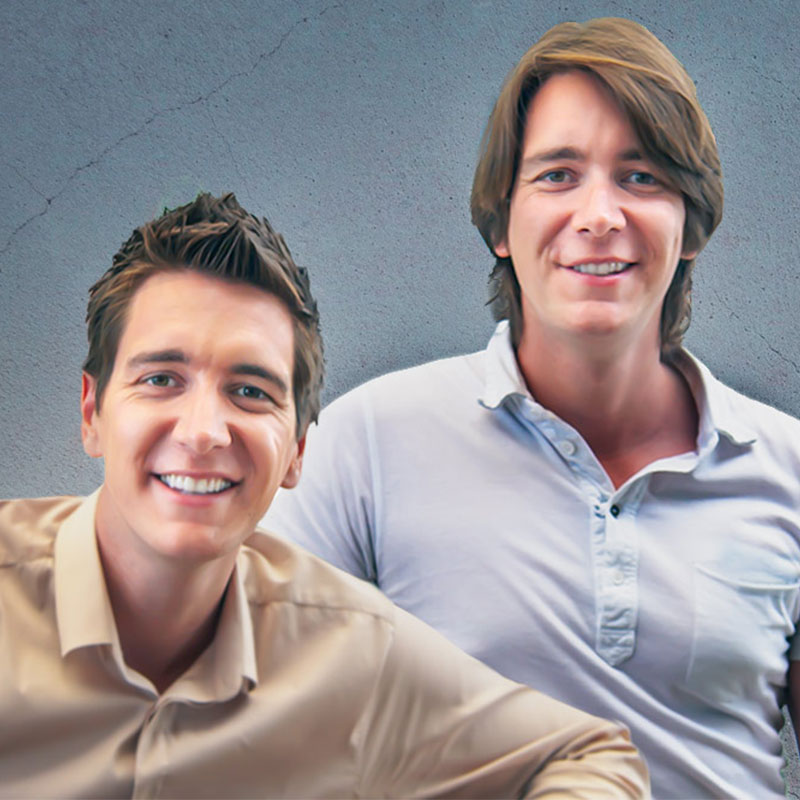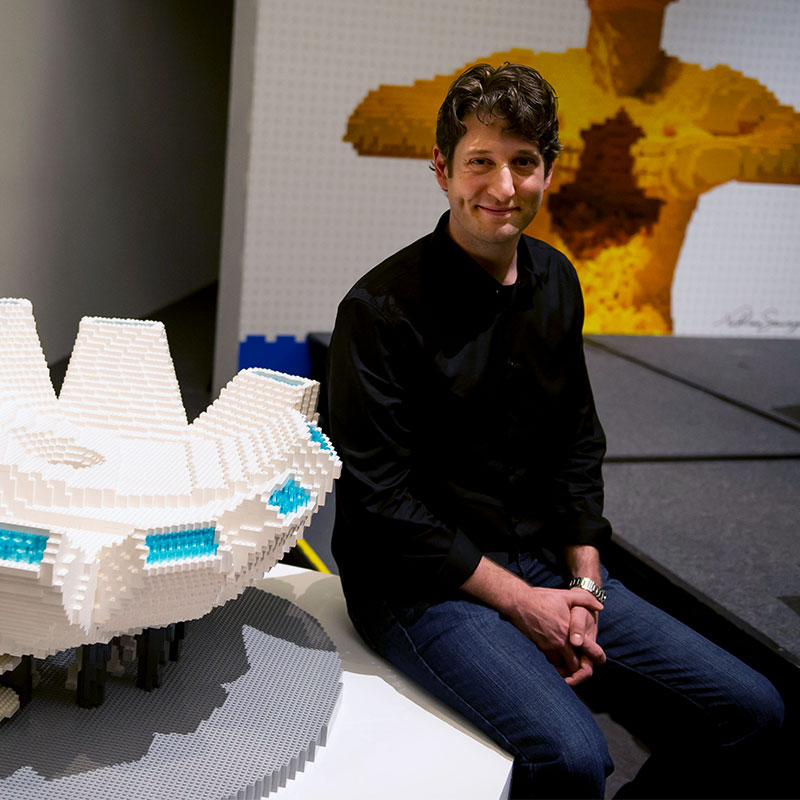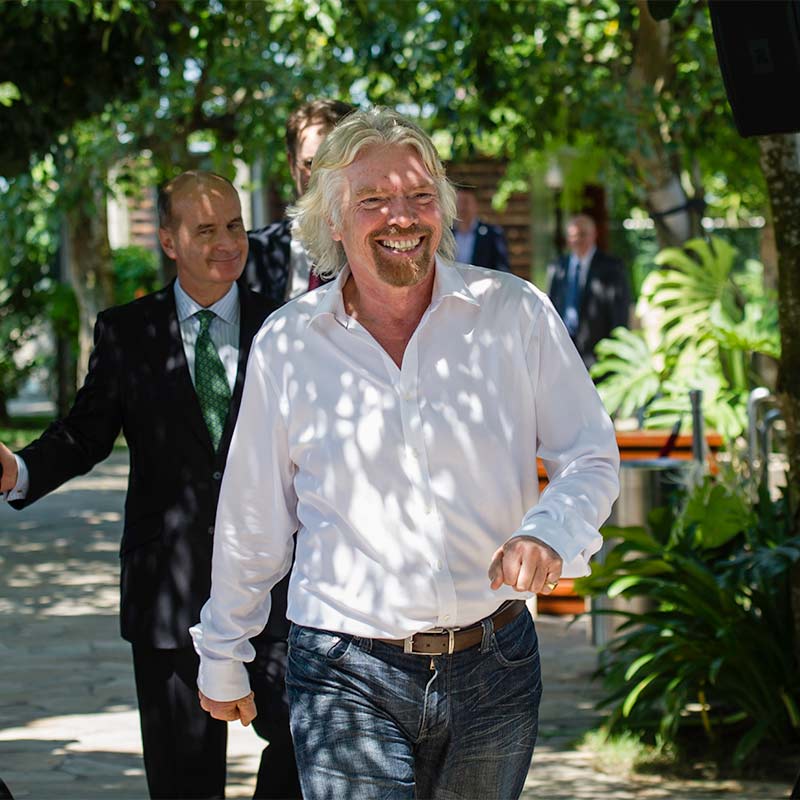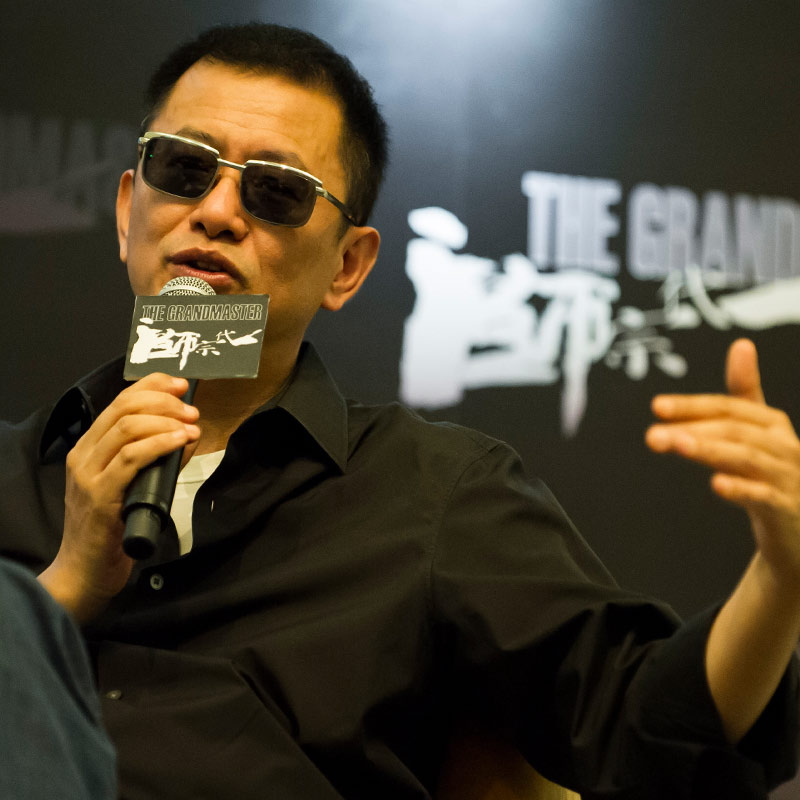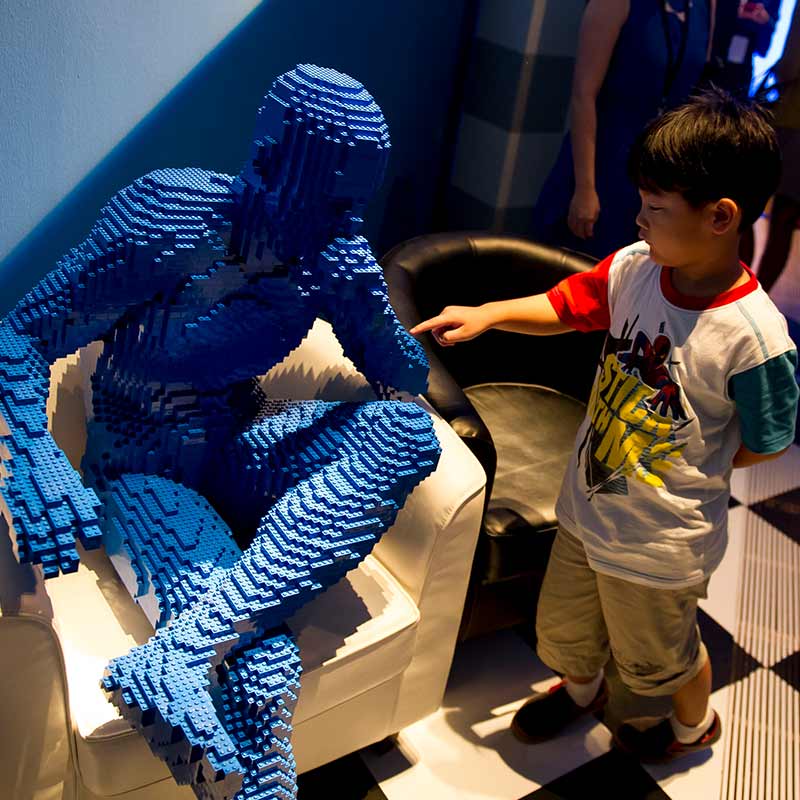The Art of Brick: Nathan Sawaya builds a career
The former lawyer opens up about his transformation to master Lego builder
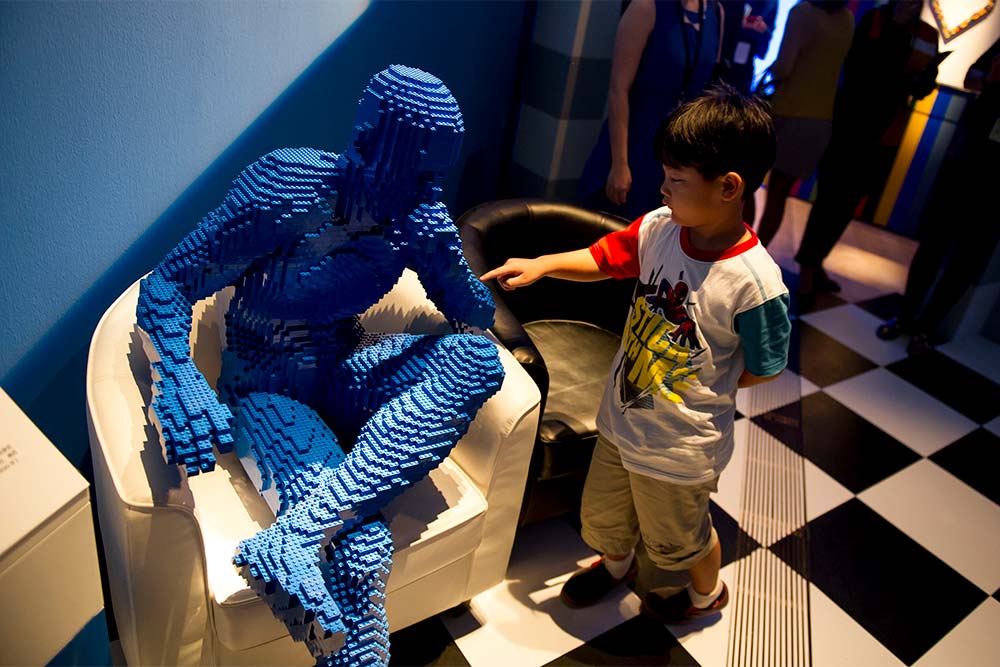
A boy cautiously touches a Nathan Sawaya Lego statue.
Marina Bay Sands
You build wonderful, emotive sculptures with Lego in your show The Art of Brick. How did this start?
When I was in college, art interested me. And when I graduated, I didn't have faith it was a viable career. So I did what society expected and found a professional job. In my case, I went to law school and ended up practicing corporate law – mergers and acquisitions and securities for several years. It paid the bills and was very secure.
But big picture-wise, it didn't fulfill my creative need inside. I'd come home and have to write, draw or sculpt. I did a series of sculptures out of candy and it was very additive in nature. You use small pieces to create a larger form. And one day I thought, what about Lego? It just took off from there.
How did you learn to sculpt in Lego?
It probably goes back to my history of having Lego bricks as a child. I've done other projects in the past few years where I made things out of bottle caps and candy. But I see the world in rectangles. Often I'll stop and try to imagine what it'll take to reproduce an object in 3D. I don't realize I'm doing this but my fiancée says I do.
Early on, I did a lot of representational pieces. The apple in this exhibition at Marina Bay Sands is an example. I was learning to do curves. I honed my skills on small things first: a pencil, objects that were in my apartment. It took some time before I went larger scale to sculpt the human form. One of my first attempts was a self-portrait because the material was so accessible.
Is it always Lego?
Today, the Lego brick is my medium of choice. I've gone back to working with candy from time to time, so it's not prohibitive. But I don't think I could work in another medium.
I'm an independent artist and I don't work for Lego but we have a great business relationship. I'm a unique customer. I build massive sculptures that require a million bricks at a time. I don't want to plan ahead or think about what I need. I just want to know that I have stock I can grab from, so I can just create. That means I need a wide selection of colors, shapes and sizes on hand. And that forces me to keep two to two and half million pieces in the studio on hand at any given time.
Lego has granted me something they haven't granted anyone else in the world. I have the dual titles of Lego Master Builder and Lego Certified Professional. While many people hold one of these titles, I am the first person in the world to have both simultaneously.
You used to be a lawyer. How did you transition to full-fledged artist?
I purposely let my legal license expire so I wouldn't have a safety net. If I wanted to practice law again, I'd have to start from scratch and retake the Bar exam. I wanted to give myself that kick in the pants. You've got to pursue this and give it your all or fail miserably.
It was a big change. I was going to leave my six-figure job to go play with toys. It meant no health insurance, no security. Was I going to be able to pay my rent? For a time, I lived month to month, project to project. I'd say, this will probably be the last project, I'll have to go find another job after this. But I kept pursuing it and pursuing it.
I had supportive friends and family members. And the first time I ever sold a piece was to a dear friend of mine and it was a commission. I learnt you really have to discern who the important people are in your life. You have to separate the real friends in your life from the ones who are just friends.
I had a lot of 'friends' who were negative, who thought I was crazy. And those are the people you have to cut out of your life if you're going to pursue your dreams. If you really want to find your passion, you can't have people telling you you're doing the wrong thing. It's tough because you have to make a clean cut from those people, but it's all part of the process.
When did you know your second career was viable?
Well it wasn't immediate. But when I got my website up and running and it crashed from too many hits, that's when I knew I was on to something. It had photos of my work, and I started getting commissions. That was probably the biggest factor in my decision to set up a studio. I was working full days at the law firm and working all night to create projects people paid me to do. Actually, my first far-flung commission came from Singapore.
Now, I have artist friends in college, other artists who are very jealous I have the legal background because they have to hire a lawyer when they're negotiating with clients. Luckily, I can negotiate just like that. So that's an advantage. My advice to others is you have to plan your dreams a little bit. Once I had a plan in place, it gave me the faith to take a leap.
What can people expect to see at the ArtScience Museum exhibit in Singapore?
When people think of Lego art, they might picture what they see in a toy store. But what I am trying to do is to take the medium in a new direction and inject emotions into it. Hopefully viewers will get to a point where they forget the sculpture is built out of Lego and see only the message behind it. I want viewers to take something out of it for themselves. The other goal is to inspire. It's to remind people that anything can be art. There's no limit.
How difficult was it to recreate ArtScience Museum building itself for this event, sight unseen?
ArtScience Museum was a tough sculpture because it's iconic. That lotus-shaped building is well known. There's the pressure that everyone here in Singapore knows exactly how it looks like and yet I have never been in this country. I have never seen the museum in person.
So it was tough sometimes working off a photograph and I also put the pressure on myself. It was going to be unveiled at the ArtScience Museum. It had to look right, you can't screw this up. It took about two to two-and-a-half weeks in the studio with long 8 to 12-hour days. My fiancée says I almost go into a trance sometimes while I'm working. Those 12-hours days can sometimes just go by in the blink of an eye.
Every piece I work on has challenges and different parts of the process that are really tough. There have been a few pieces which I questioned how good they were and yet audiences responded by saying "wow this is my favorite piece". And I am always surprised. Everyone seems to have a different favorite.
It was a big change. I was going to leave my six-figure job to go play with toys.
What do people need to know about the artistic process?
You can't turn it on. You can't go working two hours and then do something else and jump right back in. It's a process. I'm much happier to do an eight hours day straight then have to do several two-hour sessions.
One of the biggest problems is I never feel that I have time to create. With four traveling exhibitions, I am on the road a lot. Plus I do a number of speaking engagements and have a new book out, so there is a lot going on. I need to find that time to just sit in the art studio alone and create, and there's never enough of it. If I have 7 days in a row that's a blessing. I need time to create to be consistent.
Tell us why the Arts are so important.
Art is a necessity, art is an important factor in all of our lives. Arts help children learn. The William J. Clinton Foundation has found that school curriculum with art in it has kids doing better in testing, with higher graduation rates. And I believe it's a vital component of education. I had the opportunity to sit and talk with President Clinton and he introduced me to the Thea Foundation which advocates for art in schools. We will continue to press for more funding for art in education because it is so important and necessary. It is tough to see, especially in the US, where arts and funding for education in the arts are cut time and time again.
Last thoughts?
Real life is where your dreams lie. Follow your dreams because that's where life is going to matter.
Reference
This interview appeared on the Marina Bay Sands website in 2012.

